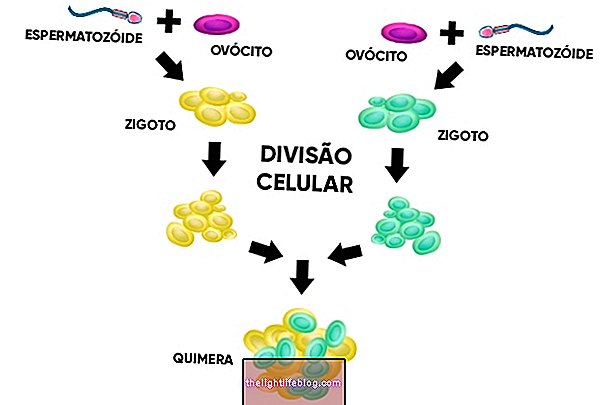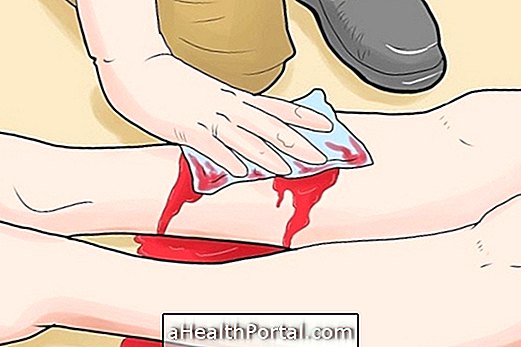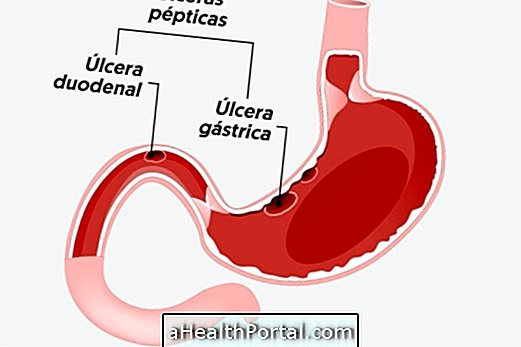Arnold-Chiari syndrome is a rare genetic malformation in which the central nervous system is compromised and which can result in balance difficulties, loss of motor coordination and visual problems.
This malformation is more common in women and usually occurs during the development of the fetus, in which, for an unknown reason, the cerebellum, which is the part of the brain responsible for balance, develops inappropriately. According to the development of the cerebellum, Arnold-Chiari syndrome can be classified into four types:
- Chiari I: It is the most frequent and most observed type in children and happens when the cerebellum extends to an orifice present at the base of the skull, called the foramen magnum, where it should normally pass only the spinal cord;
- Chiari II: It happens when in addition to the cerebellum, the brainstem also extends to the foramen magnum. This type of malformation is more common to be seen in children with spina bifida, which corresponds to a failure in the development of the spinal cord and the structures that protect it. Learn about spina bifida;
- Chiari III: It happens when the cerebellum and brain stem, in addition to extending into the foramen magnum, reach the spinal cord, this malformation being the most serious, despite being rare;
- Chiari IV: This type is also rare and incompatible with life and happens when there is no development or when there is incomplete development of the cerebellum.
The diagnosis is made based on imaging exams, such as magnetic resonance imaging or computed tomography, and neurological exams, in which the doctor performs tests to assess the person's motor and sensory capacity, in addition to balance.

Main symptoms
Some children who are born with this malformation may not show symptoms or present when they reach adolescence or adulthood, being more common from the age of 30. Symptoms vary according to the degree of impairment of the nervous system, and can be:
- Cervical pain;
- Muscle weakness;
- Difficulty in balance;
- Change in coordination;
- Loss of sensation and numbness;
- Visual alteration;
- Dizziness;
- Increased heart rate.
This malformation is more common to happen during the development of the fetus, but it can happen, more rarely, in adult life due to situations that can decrease the amount of cerebrospinal fluid, such as infections, blows to the head or exposure to toxic substances.
The diagnosis by a neurologist based on the symptoms reported by the person, neurological exams, which allow the assessment of reflexes, balance and coordination, and analysis of computed tomography or magnetic resonance imaging.
How the treatment is done
The treatment is done according to the symptoms and their severity and aims to alleviate the symptoms and prevent the progression of the disease. If there are no symptoms, there is usually no need for treatment. In some cases, however, the use of medications to relieve pain may be recommended by the neurologist, such as Ibuprofen, for example.
When symptoms appear and are more severe, interfering with the person's quality of life, the neurologist may recommend a surgical procedure, which is done under general anesthesia, in order to decompress the spinal cord and allow the circulation of fluid cerebrospinal fluid. In addition, physiotherapy or occupational therapy may be recommended by the neurologist to improve motor coordination, speech and coordination.
Was this information helpful?
Yes No
Your opinion is important! Write here how we can improve our text:
Any questions? Click here to be answered.
Email in which you want to receive a reply:
Check the confirmation email we sent you.
Your name:
Reason for visit:
--- Choose your reason --- DiseaseLive betterHelp another personGain knowledge
Are you a health professional?
NoMedicalPharmaceuticalsNurseNutritionistBiomedicalPhysiotherapistBeauticianOther






















